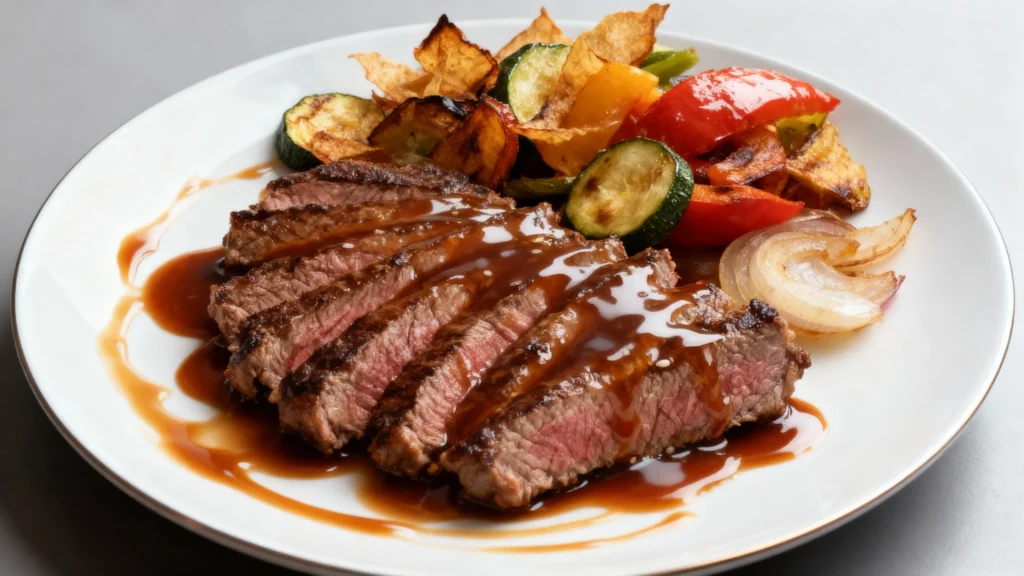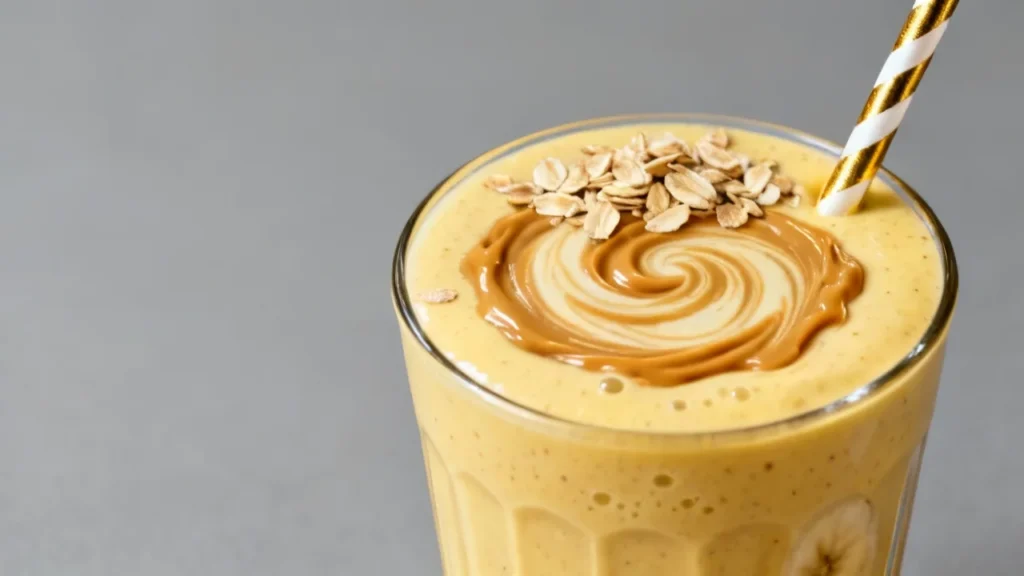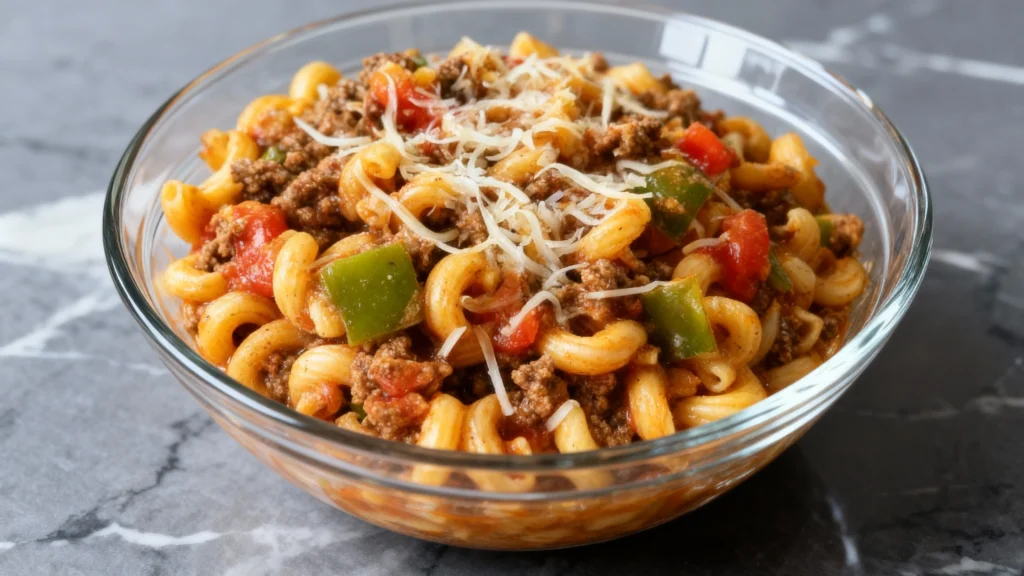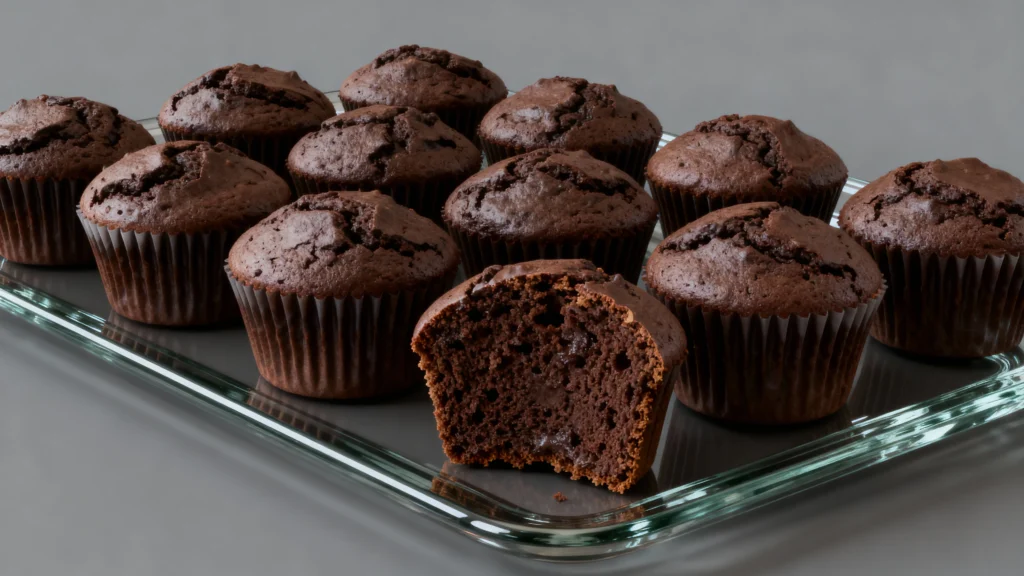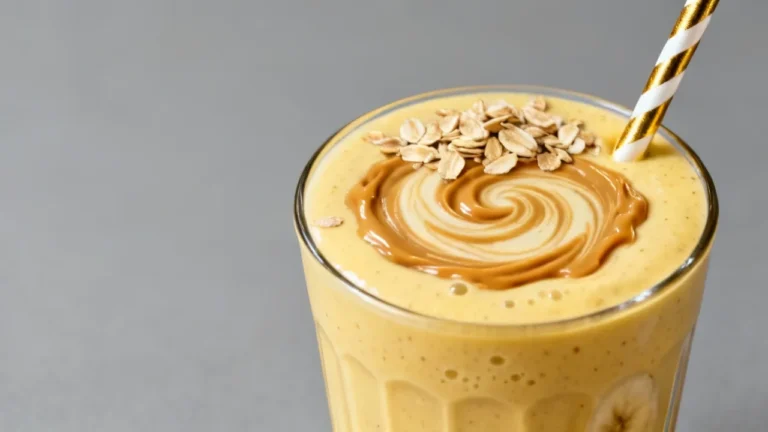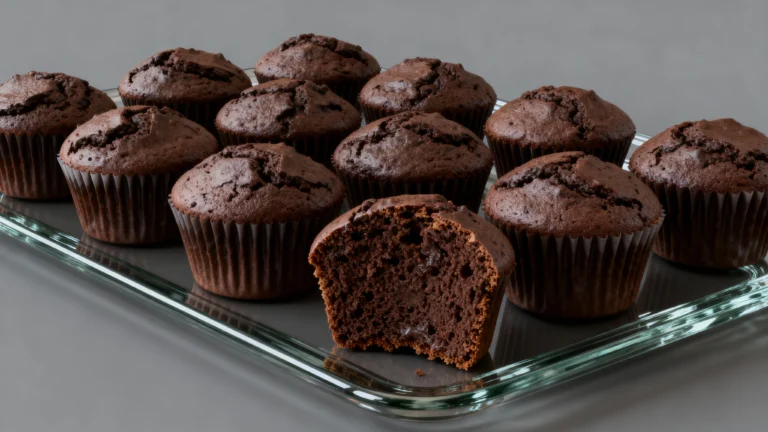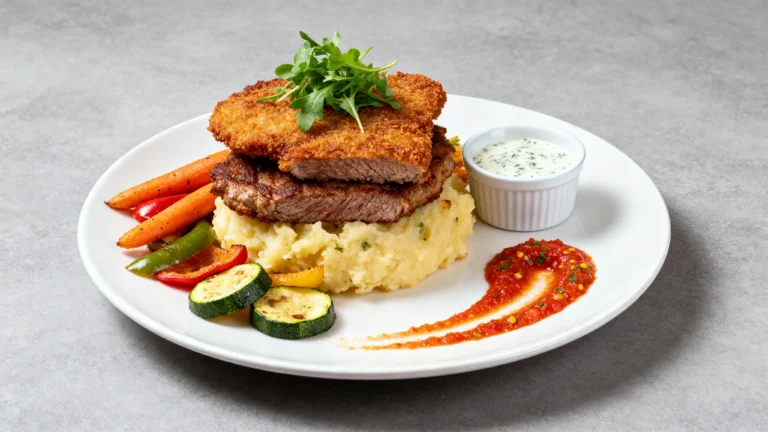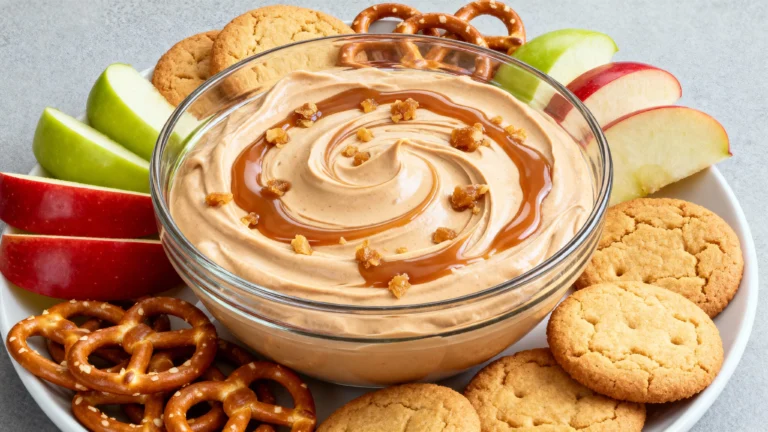
How to Cook a Perfect Beef Ribeye Roast Every Time
Share this recipe
The smell of a perfectly cooked beef ribeye roast brings back happy memories for me. As a kid, I loved waiting for my grandmother to show off her roast. The golden crust and tender meat were always a treat.
Now, you can bring that joy to your home. This guide will teach you how to cook a Tender ribeye beef roast that will wow your guests. You’ll learn how to pick the right cut, season it perfectly, and roast it to perfection.
Key Takeaways
- Understand the different cuts of prime rib and ribeye for optimal selection
- Discover essential tools and equipment needed for perfectly roasted beef
- Learn expert techniques for preparing and seasoning your ribeye roast
- Master temperature guidelines and timing for tender, juicy results
- Explore classic seasoning combinations and roasting methods
Ingredients Per Serving
- 1 Boneless ribeye (3-4 lbs)
- 2 tbsp olive oil
- 2 tsp kosher salt
- 1 tsp freshly ground black pepper
Serving Size
8-10 servings
Preparation Time
20 minutes
Cooking Time
2-3 hours
Total Time
2 hours 20 minutes – 3 hours 20 minutes
Nutritional Facts
- Calories: 350 per serving
- Protein: 50g
- Carbs: 0g
- Fat: 18g
- Fiber: 0g
- Sodium: 750mg
- Sugar: 0g
Understanding the Different Cuts of Prime Rib and Ribeye
Choosing the right cut of beef for your roast is key. Prime rib and ribeye are both top cuts from the same area. But they differ in flavor, tenderness, and cooking experience.
Bone-in vs Boneless Variations
One main difference is whether the roast has a bone or not. A bone-in beef roast, or standing rib roast, tastes richer because of the bone’s effect on the meat. On the other hand, a boneless ribeye roast is simpler to carve and serve, perfect for smaller groups.
USDA Grades and Marbling Scores
The USDA grading system is vital for quality. Prime-graded beef, known for its high marbling, is the best for tenderness and taste. Choice-grade beef is also great, with a bit less marbling.
Selecting the Perfect Size
- Think about how many guests you’ll have when picking the size of your bone-in beef roast or standing rib roast.
- Plan for about 1/2 pound of uncooked beef per person, with some extra for leftovers.
- The roast’s size affects cooking time, so plan accordingly for your meal.
Knowing the differences between prime rib and ribeye, and the importance of USDA grading and size, helps you choose the best angus beef ribeye for your roast.
Essential Tools and Equipment for Roasting
Cooking the perfect Prime rib roast needs the right tools. From a good roasting pan to a meat thermometer, these items are key. They ensure your roast is always delicious.
Start with a high-quality roasting pan. It should fit your roast without crowding. Choose a heavy-duty, stainless steel pan with sturdy handles. It will heat evenly and be easy to handle.
A meat thermometer is also crucial. It lets you check the roast’s internal temperature. For the best results, get a digital thermometer with a wide range.
- Roasting pan: Stainless steel, large enough to fit the roast
- Meat thermometer: Digital instant-read with a wide temperature range
- Carving knife: Sharp, long blade for precise slicing
- Cutting board: Large, sturdy surface for carving the roast
- Basting brush: For applying marinades, sauces, or melted butter
- Aluminum foil: For tenting the roast during resting
You’ll also need a sharp carving knife, a large cutting board, and a basting brush. Don’t forget aluminum foil for resting the roast.
With these tools, you’re ready to cook a tender and juicy Prime rib roast. You’ll soon master the art of roasting.
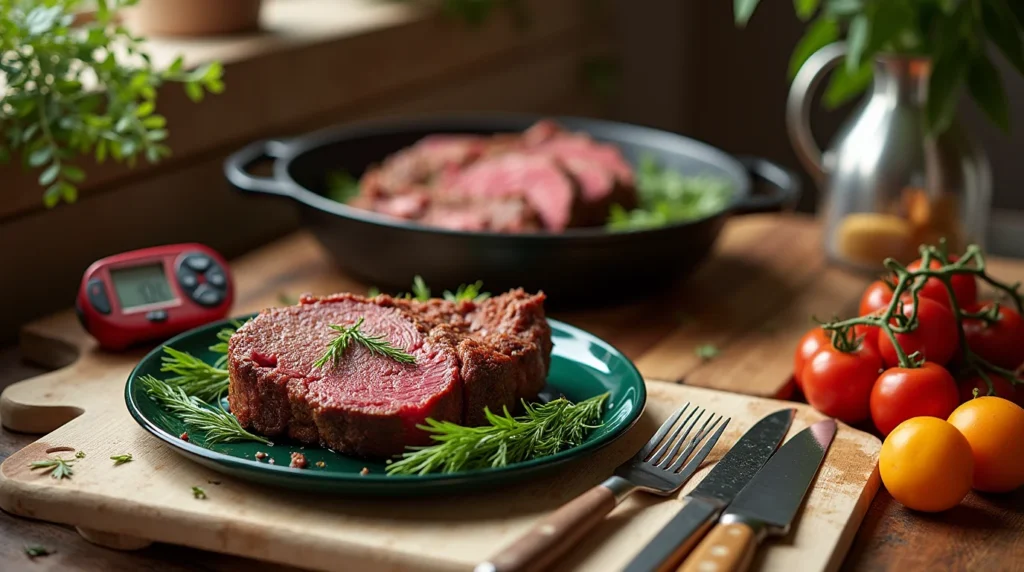
Preparing Your Beef Ribeye Roast
Improving your beef ribeye steak or prime rib roast begins with good preparation. Learning to trim, tie, and season is key. These steps will help you achieve a delicious, restaurant-quality dish. Let’s explore the important steps to prepare your beef roast for the oven.
Trimming and Tying Techniques
Start by removing any extra fat or silver skin from the Prime rib roast. This makes the seasoning go deeper and cooks more evenly. Then, use kitchen twine to tie the roast at intervals. This ensures it cooks evenly and stays compact.
Dry Aging at Home
For more flavor, try dry aging your beef ribeye steak or prime rib at home. This method lets the meat dry slowly, concentrating its flavors. You’ll need a dedicated fridge, patience, and an eye for when it’s aged right.
Seasoning Methods
- Rub the beef roast with coarse salt and black pepper for a simple yet classic taste.
- Make a custom spice blend with garlic, rosemary, and thyme to add complex flavors.
- Try compound butters, where herb-infused butter is rubbed into the meat for extra richness.
With your Ribeye roast ready, you’re set for a juicy, perfect centerpiece. Next, we’ll cover temperature and timing to ensure it’s cooked just right.
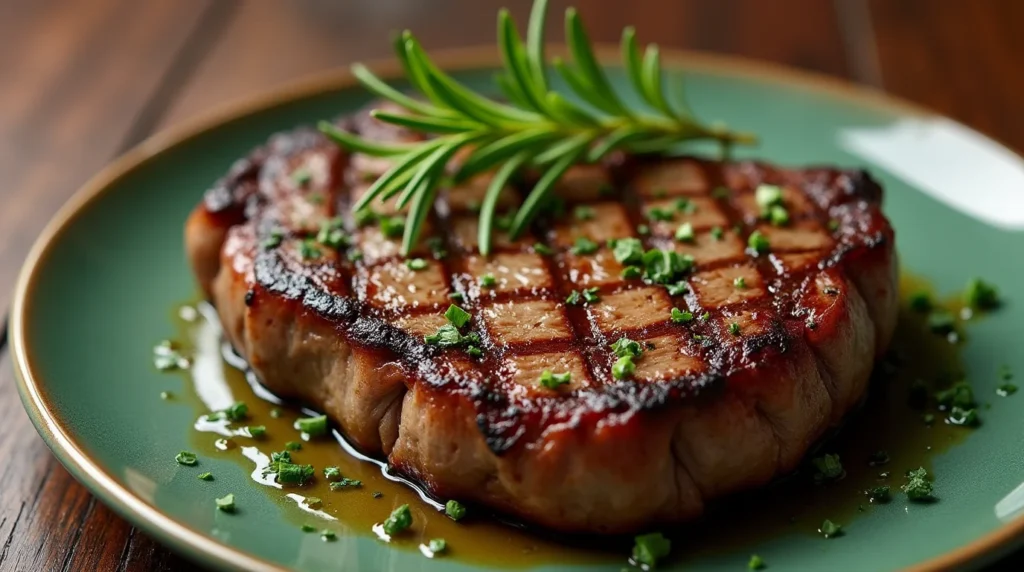
Perfect Temperature and Timing Guidelines
To get the perfect rib roast, you need to know the right temperature and timing. It’s important to understand the internal temperature for each level of doneness. This ensures your roast is cooked just right.
Here are the internal temperature ranges to aim for:
- Rare: 120°F to 125°F
- Medium-Rare: 130°F to 135°F
- Medium: 140°F to 145°F
- Medium-Well: 150°F to 155°F
- Well-Done: 160°F and above
The size of your Roast ribeye or rib roast affects cooking time. For rare, cook for 15-20 minutes per pound. For medium-rare, cook for 18-22 minutes per pound. For medium, cook for 20-25 minutes per pound. Always check with a meat thermometer to get the doneness you want.
“The key to a perfect Roast ribeye is patience and attention to temperature.”
By following these guidelines, you’ll be able to serve a delicious rib roast every time.

Classic Seasoning Combinations for Ribeye
Take your barbecue beef ribeye or ribeye cap steak to the next level. Try out classic seasoning combinations. You can use everything from herb and spice blends to compound butters to boost the flavor of this top-notch cut.
Herb and Spice Blends
Make your own special seasoning mix. A great mix could be coarse salt, black pepper, garlic powder, and dried herbs like rosemary, thyme, and oregano. Play with the amounts to get the flavor just right for you.
Creating Compound Butters
Make a compound butter to elevate your ribeye. Combine softened butter with fresh herbs, garlic, lemon zest, or blue cheese. Once it’s set, slice it and melt it over your ribeye. It adds a creamy, rich taste.
Marinade Options
- For a bold, Italian taste, use a marinade with red wine, balsamic vinegar, and herbs like basil and oregano.
- Go Southwestern with a marinade of lime juice, chili powder, cumin, and honey.
- Stick to the classic with a marinade of soy sauce, brown sugar, and garlic. It lets the beef’s natural taste shine.
Try these classic seasoning mixes to turn your barbecue beef ribeye or ribeye cap steak into a delicious dish. The options are endless for making this premium cut even better.
Step-by-Step Guide to Reverse Sear Method
Learning the reverse sear technique is key to a perfectly Oven-roasted ribeye. This method involves slow roasting the meat at a low temperature. Then, a quick sear is added for a crispy crust. Follow these steps for a delicious reverse sear ribeye roast or beef ribeye steak dinner.
- First, preheat your oven to 275°F (135°C). This low temperature is essential for the reverse sear.
- Pat your Roast ribeye or beef ribeye steak dry with paper towels. Then, season it with your favorite spices, herbs, or dry rub.
- Put the seasoned meat on a wire rack over a baking sheet. Make sure it doesn’t touch the pan.
- Roast the meat until it hits your desired internal temperature, usually around 115°F (46°C) for medium-rare. This might take 1-2 hours, depending on the size of your reverse sear ribeye roast.
- When the meat reaches the target temperature, take it out of the oven. Let it rest for 10-15 minutes.
- While the meat rests, heat a cast-iron skillet or heavy-duty pan over high heat. Add a bit of oil to the pan.
- Sear the Bone-in rib roast or beef ribeye steak on all sides for 1-2 minutes each. This will create a beautiful, crispy crust.
- Once seared, slice and serve your perfectly cooked reverse sear ribeye roast or beef ribeye steak. Savor the juicy, flavorful results of your effort!
“The reverse sear method is a game-changer for cooking Roast ribeye and beef ribeye steak to perfection. It ensures a consistently tender, juicy interior with a delectable crust every time.”
Traditional Roasting Techniques for standing rib roast
Cooking the perfect standing rib roast or prime rib requires mastering traditional roasting techniques. You can choose from high-heat methods to low-and-slow approaches. The technique you pick can greatly affect the roast’s flavor and texture.
High-Heat vs Low-and-Slow Methods
The high-heat method involves searing the roast at a high temperature. This creates a beautiful caramelized crust. Then, the heat is lowered to cook the inside slowly. This method can make the roast juicy and flavorful with a stunning sear.
The low-and-slow method roasts the beef at a lower temperature for a longer time. This allows the connective tissues to break down and the flavors to develop. It can result in a tender and richly flavored standing rib roast or prime rib.
Temperature Monitoring Tips
- Use a reliable meat thermometer to monitor the internal temperature of the roast closely.
- For a medium-rare finish, aim for an internal temperature of 125°F to 130°F.
- Remember that the temperature will continue to rise as the roast rests, so plan accordingly.
- Baste the roast periodically during cooking to keep it moist and flavorful.
Whether you choose high-heat or low-and-slow, the key to a perfect Roast ribeye is temperature monitoring. With practice and the right technique, you’ll impress your guests with a delicious standing rib roast or prime rib.
Common Mistakes to Avoid When Cooking Ribeye
Cooking a delicious Roast ribeye is an art. Avoiding common mistakes can make a big difference. Issues like overcooking and not resting the meat properly can ruin the taste and texture. Knowing these pitfalls helps ensure your ribeye turns out great every time.
One big mistake is overcooking the roast. Beef ribeye is best when it’s medium-rare or medium. Overcooking can result in dry, tough meat. Use a meat thermometer to check the internal temperature and avoid this.
- Not letting the roast rest before slicing is another mistake. Letting it sit for 15-20 minutes makes it tender and flavorful.
- Not seasoning the roast well can also hurt the taste. Use a mix of herbs and spices or try compound butters to enhance the flavor.
- Not searing the roast can make it look and taste less good. Searing the outside well improves both the flavor and look of your ribeye.
By avoiding these mistakes and following best practices, you can make your beef ribeye roast perfect. With the right techniques and care, you’ll impress your guests and enjoy a delicious meal.
“While perfection may be out of reach, striving for it allows us to achieve excellence.”
Resting and Carving Your Roast
After perfectly roasting a beef ribeye steak or prime rib, it’s key to let it rest before carving. This step lets the juices spread evenly, making the meat moist and full of flavor.
Proper Resting Times
The ideal resting time for a beef ribeye steak or prime rib is 15-20 minutes. This helps the meat stay tender and the juices to settle. Cover it loosely with foil to keep the heat in.
Carving Techniques
When carving your beef ribeye steak or prime rib, use a sharp knife and a solid cutting board. Cut the meat against the grain for even slices. This will show off the juicy inside and rich taste. Serve the slices hot with your favorite sides and garnishes.

